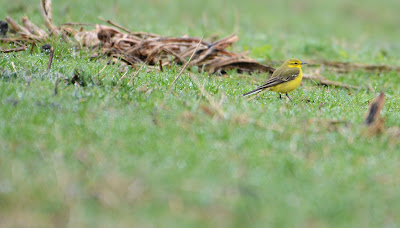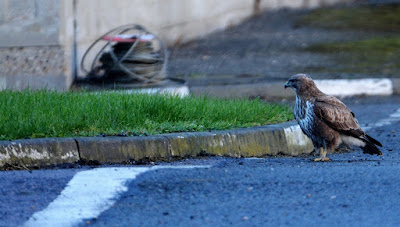I have had the chance again recently to visit the Marshes, without doubt one of my favourite places having been involved in its transformation right from the start.
Visits of late have produced good migrants, although there has been a distinct lack of Wheatears, this place is usually a Wheatear magnet.
Without doubt it is the most flooded I have seen it in a number of years, however it bodes well for breeding waders, large floods for a food source that will take a while to dry up.
On my last visit, plenty of Yellow and White Wagtails seen working the area along with a distant clucking Ring Ouzel.
Perhaps the oddest record was a flyover Hawfinch, no doubt part of the national influx, can only presume it was looking for pastures new, hopefully some will stay and breed.
A massive flock of summer plumed Black Tailed Godwits was seen coming from the direction of Northward Hill, they headed straight over to Coryton, Essex presumably to roost at Holehaven Creek.
 |
| Black Tailed Godwit |
I am out there again this weekend, hopefully more of the same.


































